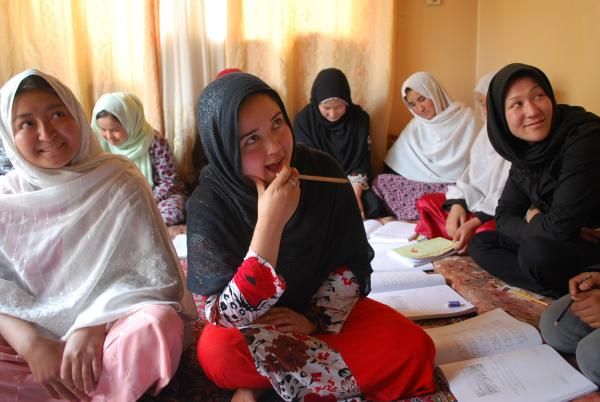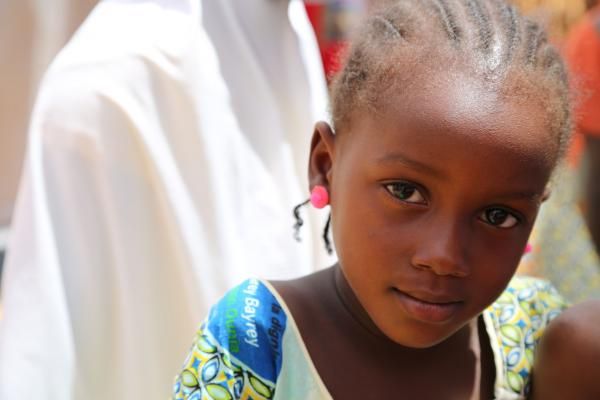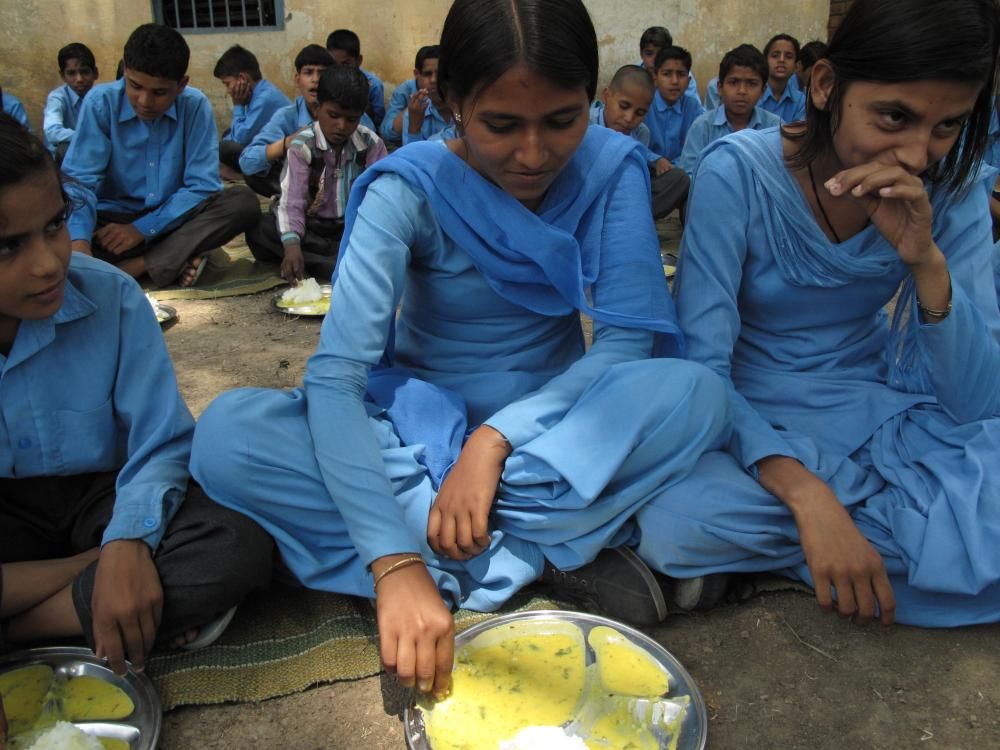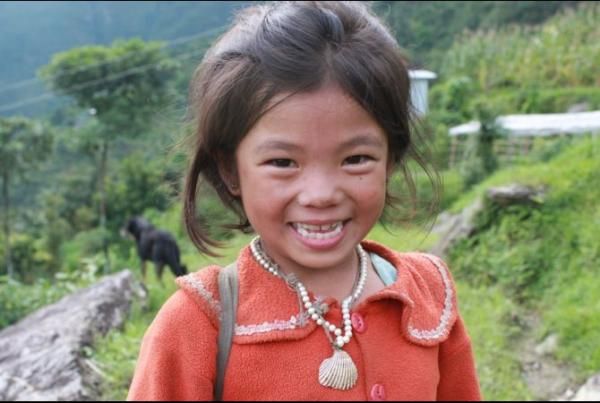On July 23, 2014, the world stood together to recognize the hundreds of Nigerian schoolgirls still missing 100 days after their kidnapping by Boko Haram. Across Africa, Asia, Europe, and North America, candlelight vigils were attended by individuals, religious groups, and organizations, all imploring the safe return of the Chibok schoolgirls. By making the commitment to stand together, the participating countries demonstrated that this tragedy is about more than just these girls. The global vigil highlighted the importance of primary education, reproductive health, food security, and human rights for girls and women across the globe.
One event, held in Pakistan near the Lahore Press Club on July 23, brought members of many different civil society organizations together, including Idara-e-Taleem-o-Aagahi (ITA), a Pakistani organization promoting education reform. In addition to raising awareness for the schoolgirls, attendees also expressed their hope that the event would highlight the similar plight of girls of Pakistan. Dr. Baela Raza Jamil, ITA Director and founder and public policy expert, said in a statement to the press: “If Pakistan will stand for the cause of girls in Nigeria now, the world will also rise for the cause of education in Pakistan.”
Pulitzer Center grantee Jennifer Koons recently published an article discussing media coverage of the Nigerian schoolgirls. She stressed the importance of making women’s rights part of standard news coverage, rather than relegating features to “‘Special Topics’ or the Sunday Outlook and Style sections.” As Koons reports in her project on young women in Niger, challenges of population growth, food security, and violence, “can be traced back to issues with girl’s health, education, and human rights.”
Understanding this link–between girl’s issues and national issues–will continue to be essential for developing countries in particular.
In India, education officials have found one way to increase primary school enrollment among girls: free school lunches. First launched in 1995, it is the largest program in the world of its kind, feeding 120 million school children every day.
In many parts of India, parents keep their daughters out of school to help with housework, collect drinking water or earn money for the family, Pulitzer Center contributing editor Kem Knapp Sawyer writes. As recently as 2012, two out of every five girls in the country did not attend school. For some, inadequate sanitation and lack of latrines is the major factor; still free lunches could help incentivize parents to send their daughters to school.
As Pulitzer Center grantee Rhitu Chatterjee reported in her project on India’s school lunch program, there has been a dramatic increase in attendance and enrollment, specifically among girls, and particularly among children from poor communities.
In other places, the problem isn’t that parents can’t afford to send girls to school, but rather that there is no school to send them to. In Jhanger Hakim Wallah, Pakistan, a former girls’ school has been shut down and converted into a home for a family of six.
Girls in Jhanger Hakim Wallah are able to study the Quran at the Islamic seminary, or madrasa, Pulitzer Center grantee Beenish Ahmed reports, but the girls say they “want to study in a proper school.” According to the head of the schools program for the Punjab Department of Education, Kaser Rasheed, over the past few years, the government has cut back on over 4,000 schools to save money. Currently, across Pakistan, over 3 million girls are out of school, a situation officials are calling a state of emergency.
Another major threat to the education of young women is child marriage. This practice is extremely common in Nepal, where UNICEF has found that over half of Nepalese women were married as children. Once married, these girls drop out of school, destroying not only their own opportunities for education, but also perpetuating a cycle of poverty, reports Pulitzer Center grantee Hanna Ingber. As in many countries, in Nepal poor parents “tend to see girls as a lost investment,” a mentality harmful for girls and the country as a whole.
Yet despite these major impediments to access to girls’ education, strides are being made, even in the most unexpected places. During her Talks @ Pulitzer presentation on June 18, 2014, grantee Mellissa Fung shared exciting news: today, millions of Afghan girls are able to attend school, as compared to none in 2001 under the Taliban.
In her most recent trip to Kabul, Fung documented the impact of Canadian Women for Women in Afghanistan, an NGO supporting education initiatives for women and children. Her Pulitzer Center-sponsored project focuses on ensuring that, as U.S. troops withdraw from Afghanistan, the immense progress the country has made for girls’ education and women’s rights is not undone.









